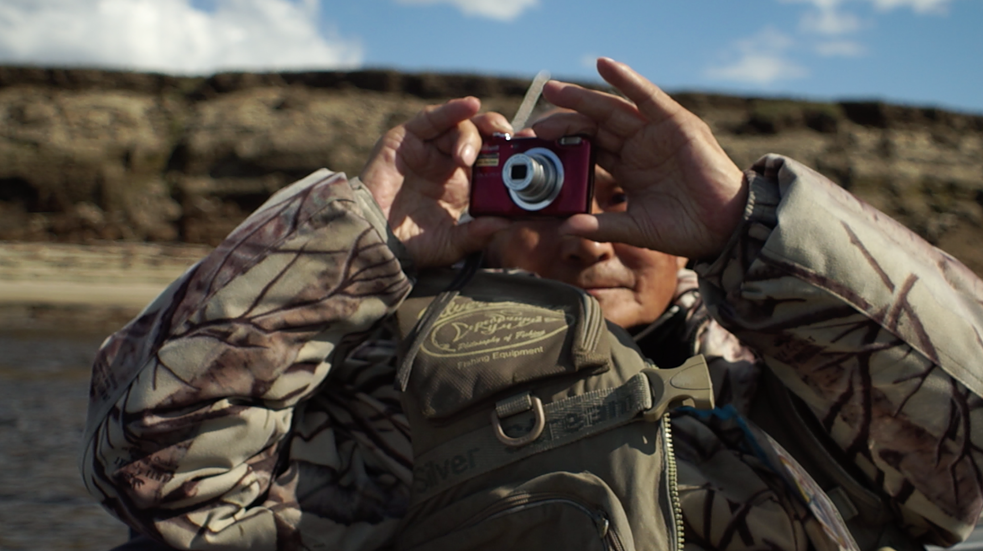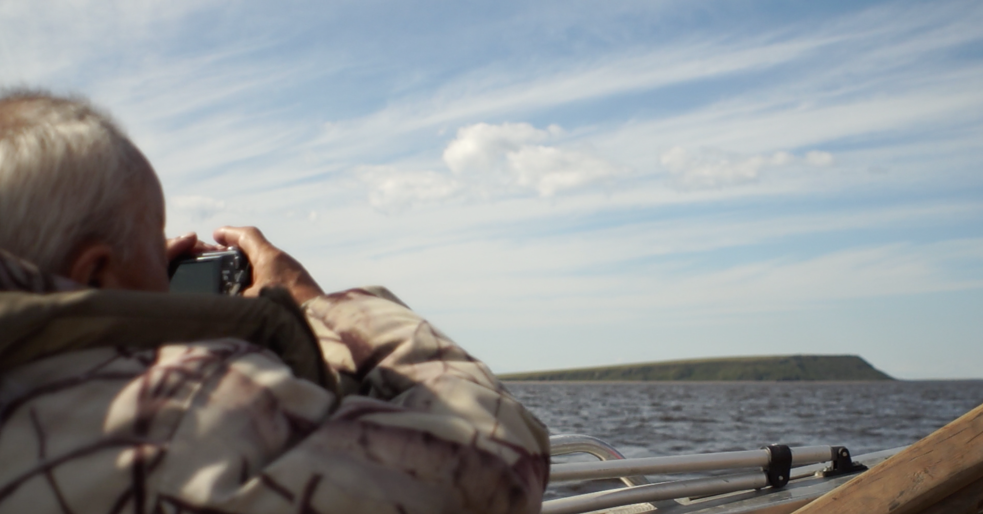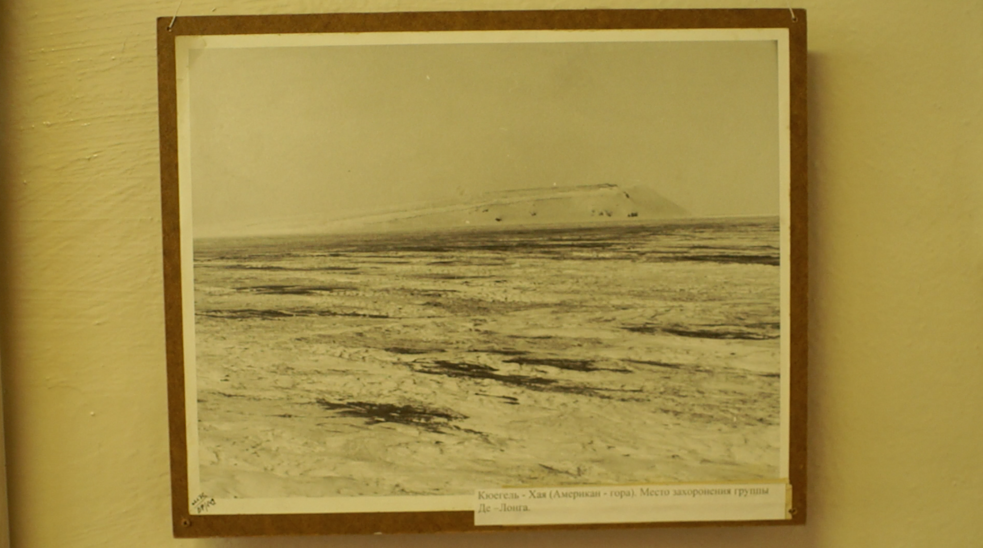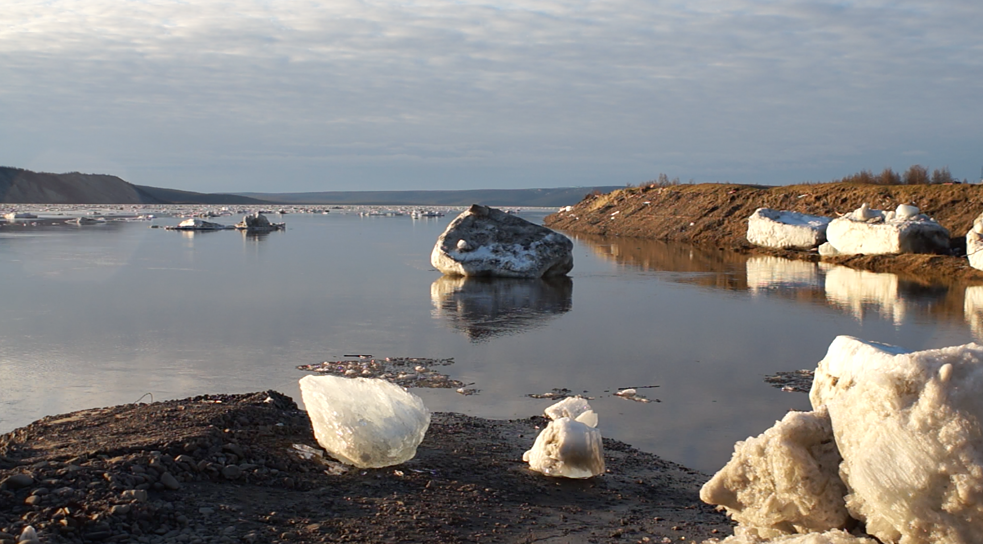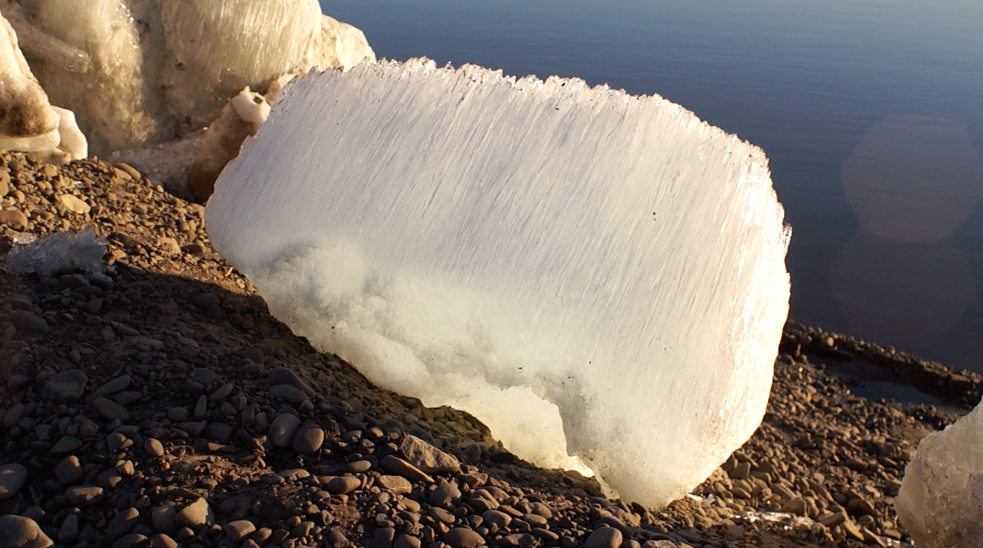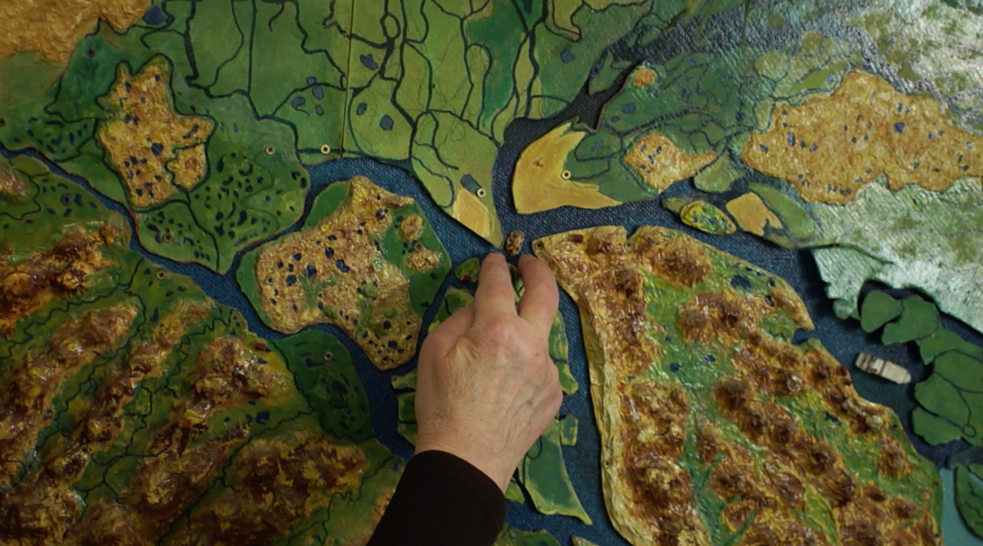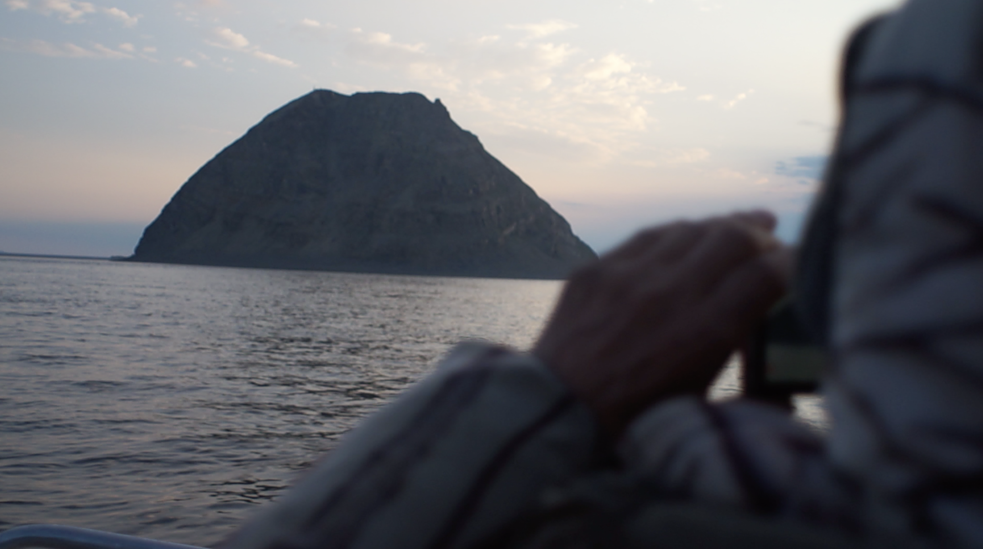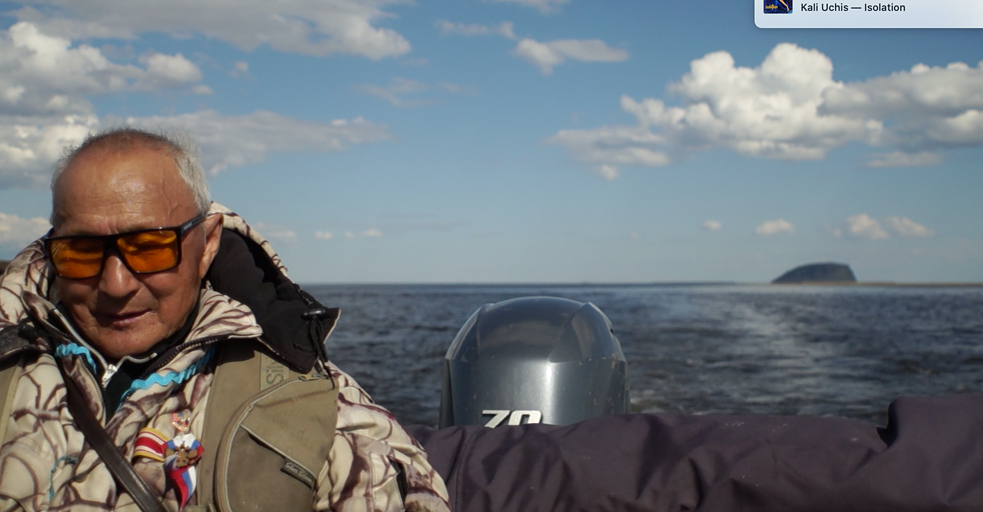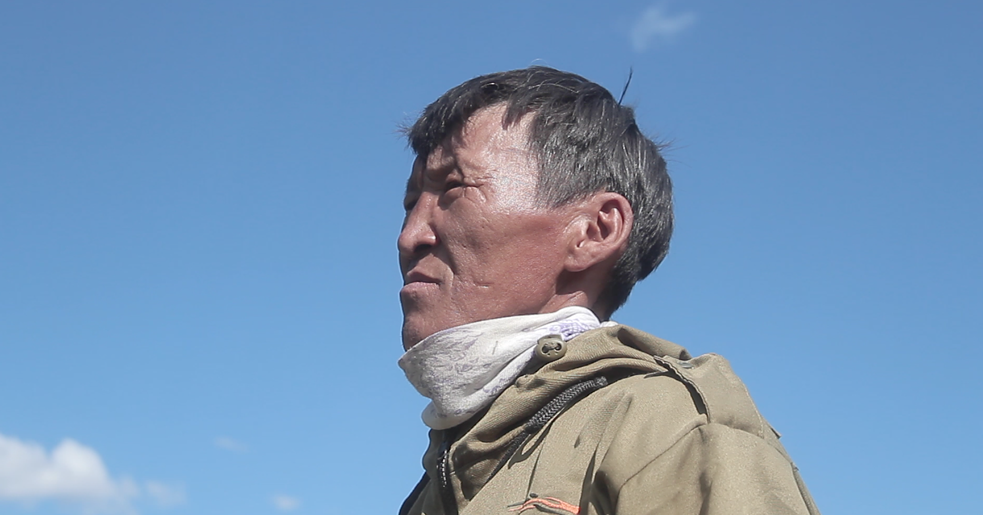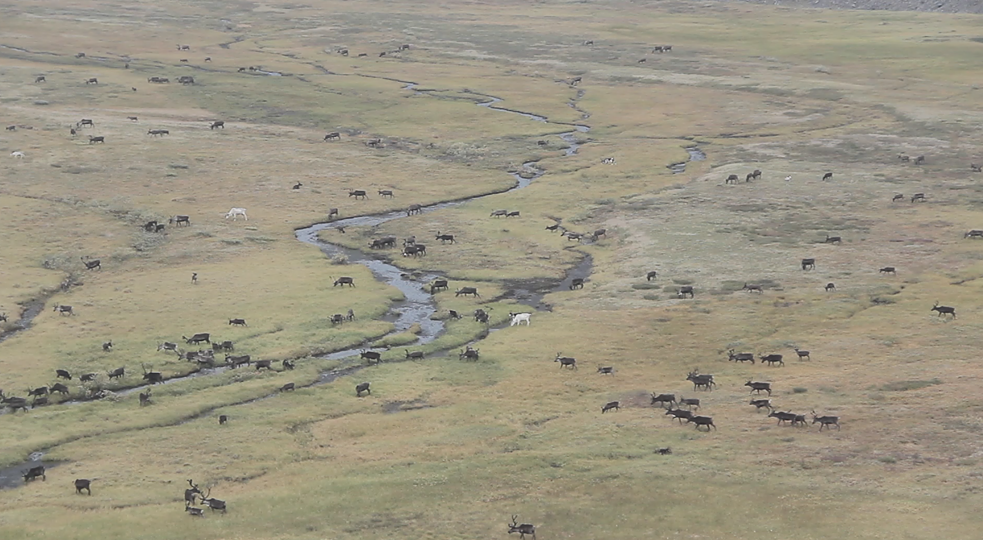Visual Representation of Indigenous Peoples
Towards the Creation of a Self-Directed Visual Culture
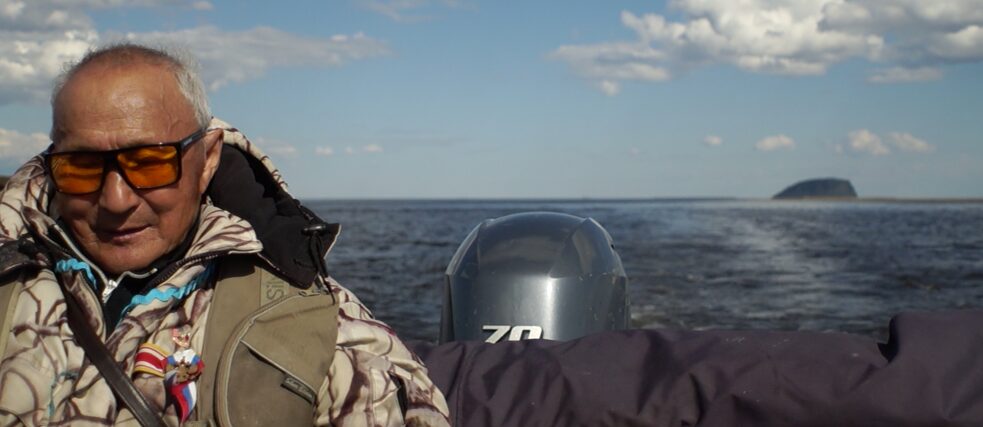
What is culture and how is its resurgence linked to art and digitisation? Svetlana Romanova writes about the critical importance of cultural participation of Arctic residents on the public agenda and the role of Indigenous visual sovereignty in the sustainability of Indigenous identities.
It is a hard task to shatter rooted ideologies of what culture is as it requires not only the introduction to the various artistic forms of expressions that have bloomed in recent years, but also the re-education of the gaze and mind to be ready to intake these forms. Intricacies of artistic gestures could be simplified through the use of familiar formats such as video production. Moving images are used as a form of communication in our daily lives and present little to no suspicion as a form of visual representation. Alteration of the content and the context could also implement something of importance - applicable to the daily means or concerning the communal well-being.
The mission is to rethink and re-educate the Indigenous populous about the way culture is being practiced in the global sphere and how arts has been used as a tool to gain the advocacy internationally.Who Is Being Classified Indigenous?
Siberia occupies roughly seventy-seven percent of Russian territory and consists of different federal subjects: republics, krais, oblasts, and autonomous okrugs. The Republic of Sakha Yakutia is situated within the Siberian region and has eight recognized ethnic groups, five of which are classified minor Indigenous according to an official calculus devised by the Russian government. This official Indigenous classification is troubling because it is based primarily on population figures and perceived risk of extinction. This system of definition, mixed with the current state of socioeconomics, produces confusing separations among native people in the region. For example, the dominant tribe within the Republic of Sakha, the Yakut have unmatched cultural, political and economic power, but lack an Indigenous classification due to their relatively large population of 350,000 people. Despite its denied status of Indigenous, Sakha has managed to gain access to control the creation and distribution of images representing diversity in Republic’s arctic communities.The sentiment of pending extinction that is tied to the definition of being considered Indigenous creates a sense of inevitability to the well-being and future of these cultures. This condition can easily be extended to describe the fate of Indigenous people, but also in ways we relate and associate the word Arctic. For example, the image of arctic destitution has been somewhat of a stereotype in the Western world.
Inhabitants of the Arctic Regions Are Rapidly Losing their Traditional Ways
This landscape image is the total erasure of the inhabitants that creates rentable spaces for the future expansions of the territories. Production and distribution of altered images is not an abstract force, but is a mechanism of power that have been in action. This disturbing notion not only violates presence of the native populous from the historical point of view, but inertly enables them from the participation of future dialogues in regards to the land they are inhabiting. One can wonder if this carefully crafted narrative is driven by the desire to benefit the needs of the corporations and how the impacts of these structures are damaging to the immediate realities in the Arctics. More relevantly, how this artificially constructed idea of the land and its people is confusing actual Arctic populations’ identities. The tool is an «image», the action is its creation and projection onto masses and the means in the way it is being utilized. This scenario has established images as the currency through which commodification of certain socioeconomic norms are estimated and are used as weapons to mold social identities in favor of commerce to conquest expansive territories.As development is progressing and the new politics of “contemporary” economics are being introduced, the local inhabitants of the Arctic regions are rapidly losing their traditional ways and spaces to practice them. Contributing to these conditions is the shortage of land for pastoral practices, these lands are being occupied by the institutions of resource economy. Another factor is the incline in interest in traditional practices themselves: deer husbandry, fishing, hunting and etc. This is dictated not only by the lack of prospects in traditional industries (low income, harsh labor and etc.) but also accelerated through the generated myth. Myth here being the representation of someone’s reality through the prism of capitalism. Accessibility of recent technological advancements (phones, cameras, computers, etc.) have created an environment where transmitters of this myth have become an extension of our bodies. Visual language have not only became a new form of communication in these tribes, but has also grown into a force that can occupy and monopolize concepts, context and narratives by creating new norms of the visual representation and dictating the preferred archetype. Disunion in a representative idea of an image, that result in the reality of those images to mute the complexities of the actuality of arctic communities in the global mind. It becomes transparent that there is a lack of mechanisms and platforms in support for the production of an autonomous and self-directed content creation from the perspective of its original inhabitants. This would not only benefit the culture and secure it’s preservation in contemporary form, but will also act as a shield by re-contextualizing what the Arctic is and who inhabits it. There is even a possibility that it could reignite the importance of cultural preservation and find new alternative ways where traditions can ethically adapt to the contemporary regime.
Isuma.TV as an Example for Collective Emancipation
A great example of what cultural resurgence looks like in the digitalized age is Isuma.TV. Based in Nunavut, Isuma.TV is film director Zacharias Kunuk’s project that examines cultural complexities of the inhabitants of Nunavut. It is essentially a renewing catalogue of videos that are produced by the local people. There is a shift in the approach in this production of images - it doesn't speak of the community, it speaks from within the community, about the community and to the community. And its main goal is not only to preserve and document the language and traditions of culture, but to create a safe space (factual or cyber) to exchange the information and generate conversations about relevant topics that could be specific to the region and have intricate cultural values. Such social practice builds bridges and connects generations of people and as a result metamorphoses the social climate by elevating the interest in self and wellbeing of one’s own community. Isuma.TV proves that collective emancipation is achievable and that access to the control of the visual representation of one’s ethnographic identity is not only a creation of an image but is an active political position that can lead to the ethnogenesis and create sustainable knowledge systems.In order to achieve such prominent results, one should plough itself through the road full of rocks. Rocks in the instance of the Republic Sakha’s arctics is the lack of modernization in all spheres imagined. For culture to strive there needs to be mechanism of support within the infrastructure. Not only do we face the conceptual isolation that has been synonymously attached to the word arctics, we also experience factual isolation as a result of high fares to any accessible transportation that links us to the bigger world. Beyond that there is no sustainable forms and outlets of communication - the internet is close to being absent. Lack of information circulation creates stagnation that could be easily detected if you look at the current states of the cultural organizations and ways they are programmed. Dependent on the delivery of the role, which was designed after the conception of archaic idea of Indigenous, local arts and crafts exists in an incapsulated time bubble. This is not to discourage the actual arts and crafts traditions that are still practiced, but rather to reformulate on how those products could be used, shared and perceived in the context of owning the means of cultural productions.
